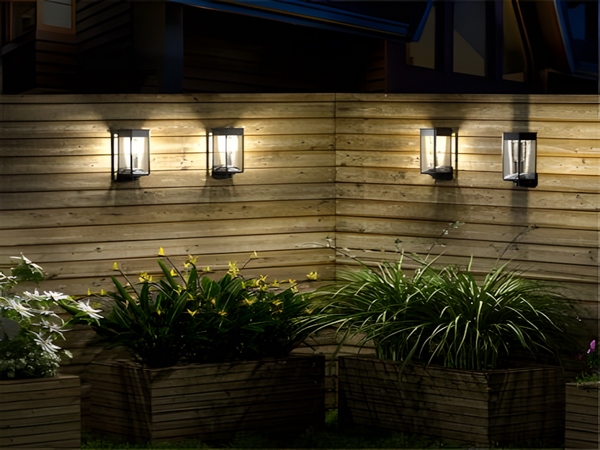

With the increasing scarcity of traditional energy sources, the application of solar energy by LED streetlight manufacturers will become more widespread. In just a few years, the solar power industry has developed into a mature emerging industry.

1. One of the key obstacles to the application of solar power generation is cost. For instance, a dual-load solar streetlight operating at a total of 60 watts (considering effective sunlight of 4.5 hours per day in the Yangtze River middle and lower reaches, with nightly discharge for 7 hours and a 20% reserve on the solar panel) would require around 160 watts of solar panels. At a cost of 20 yuan per watt, the expense for the solar panels would be around 3,200 yuan, in addition to approximately 1,800 yuan for an 180AH battery group. The initial investment for the entire streetlight system significantly exceeds that of traditional electric streetlights, creating a major bottleneck in the application of solar streetlights.
2. The lifespan of batteries should also be considered in the overall application of the streetlight system. Generally, batteries are warranted for three to five years; however, many batteries may experience insufficient charging after just a year or even six months, with some charging rates potentially dropping to around 50%. This will inevitably affect normal nighttime lighting during continuous rainy days, making it crucial to select a high-quality battery.
3. Some contractors often choose LED lights for solar streetlights, but the quality of LED lights can vary greatly, with some LED lights potentially losing 50% of their brightness within just six months. Therefore, it is essential to select LED lights with slower light decay, or consider using induction lights or low-pressure sodium lights.
4. The choice of controllers is another issue that is often overlooked by contractors. The quality of controllers varies significantly, with the market price for a 12V/10A controller ranging from 100 to 200 yuan. Though this is a relatively small part of the entire streetlight system, it plays a crucial role. The quality of the controller directly impacts the lifespan of the solar streetlight’s components and the overall system procurement costs. Firstly, it is essential to select a low-power controller that operates continuously for 24 hours. If the power consumption is high, it will deplete part of the stored energy; a controller with a consumption below 1 milliamp (MA) should be chosen. Secondly, a controller with high charging efficiency should be selected; controllers with MCT charging modes can automatically track the current from the solar panels, providing about 20% higher efficiency than other modes, especially during winter or low-light conditions. Thirdly, a controller with dual power regulation should be selected, as the wide adoption of power-regulating controllers allows for automatic disconnection of one or both lights during pedestrian hours at night, saving electricity and allowing for power adjustments to the LED lights. In addition to these energy-saving features, it is crucial to emphasize the controller’s protective functions for components like batteries. For instance, controllers with a trickle charging mode can effectively protect batteries and extend their lifespan. Additionally, when setting the undervoltage protection value for the controller, it should ideally be set at ≥11.1V to prevent battery over-discharge.
5. For areas farther away from urban centers, attention should also be paid to theft prevention. Many contractors neglect effective theft prevention during construction, which leads to the theft of batteries, solar panels, and other components, adversely affecting normal lighting and resulting in unnecessary property losses. In current engineering cases, batteries are the most commonly stolen items. Burying batteries underground encased in cement is an effective anti-theft measure, and welding or reinforcing battery boxes mounted on lamp poles can further enhance security.
6. Waterproofing of controllers is also important; generally, controllers are housed within the lamp cover or battery box, making it unlikely for water to enter. However, in practical cases, the connection wires to the controller may allow rainwater to flow in, causing short circuits. Therefore, during construction, it is important to bend the internal connection wires into a “U” shape and secure them, while external connection wires should also be fixed into a “U” shape to prevent rainwater from entering. Additionally, waterproof adhesive can be applied at the internal and external wire interfaces.
7. In many applications of solar streetlights, numerous installations fail to meet normal lighting needs, particularly during rainy days. Aside from using lower-quality components, another significant reason is the excessive reduction of component costs and the failure to design according to demands, thereby diminishing the standards for solar panels and batteries. This results in streetlights being unable to provide lighting during rainy days.



